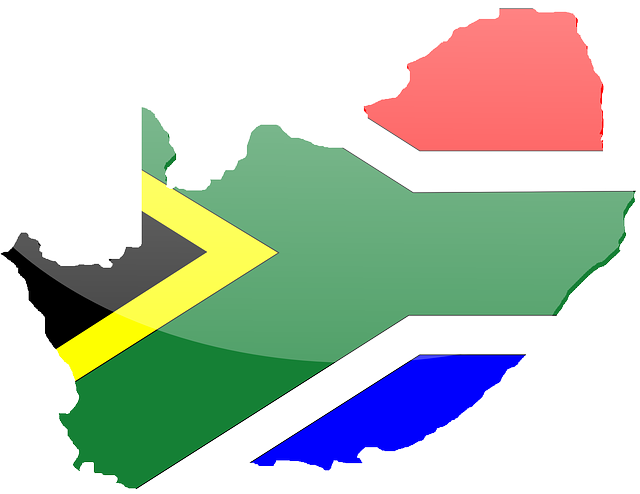Health in 2015: from MDGs to SDGs identifies the key drivers of progress in health under the United Nations Millennium Development Goals (MDGs). It lays out actions that countries and the international community should prioritize to achieve the new Sustainable Development Goals (SDGs), which come into effect on 1 January 2016.
The 17 SDGs are broader and more ambitious than the MDGs, presenting an agenda that is relevant to all people in all countries to ensure that “no one is left behind”. The new agenda requires that all three dimensions of sustainable development – economic, social and environmental – are addressed in an integrated manner.
Almost all the SDGs are directly related to health or will contribute to health indirectly. One goal (SDG3) specifically sets out to “Ensure healthy lives and promote well-being for all at all ages.” Its 13 targets build on progress made on the MDGs and reflect a new focus on noncommunicable diseases and the achievement of universal health coverage.
“Universal health coverage cuts across all of the health-related goals,” says Dr Marie-Paule Kieny, Assistant Director-General of Health Systems and Innovation at WHO. “It is the linchpin of development in health and reflects the SDGs’ strong focus on equity and reaching the poorest, most disadvantaged people everywhere.”
Although the health MDGs missed a number of global targets, the overall results were impressive. The past 15 years witnessed major declines in child and maternal mortality and progress in the fight against HIV, TB and malaria in developing countries.
Key ingredients for success included a doubling in global funding for health, the creation of new funding mechanisms and partnerships, and the critical role of civil society in tackling diseases such as HIV/AIDS. Research investments led to the scale-up in all countries of new interventions such as antiretroviral therapy for HIV treatment and insecticide-treated bednets to prevent malaria.
The WHO report presents the latest data and in-depth analysis for the key areas outlined in the health SDGs:
- reproductive, maternal, newborn, child and adolescent health
- infectious diseases including HIV, tuberculosis, malaria, hepatitis and neglected tropical diseases
- noncommunicable diseases (NCDs) including heart disease, cancer and diabetes
- mental health and substance use including narcotics and harmful use of alcohol
- injuries and violence
- universal health coverage
“Snapshots” on 34 different health topics outline trends, achievements made, reasons for success, challenges and strategic priorities for improving health in the different areas. These “snapshots” range from air pollution to hepatitis to road traffic injuries.
In this report, WHO also explores how health contributes to and benefits from the other 16 SDGs and examines the implications of emerging issues such as technological and environmental change on global health.
The SDG health-related targets closely reflect the main priorities in WHO’s programme of work for 2014-2019; many of these targets have already been agreed by Member States in the World Health Assembly. For example, the global voluntary targets for the prevention and control of noncommunicable diseases set in 2013 are closely linked to SDG Target 3.4, to reduce premature NCD mortality by one third by 2030. The WHO governing bodies will have a critical role in follow-up and review of implementation of the health-related SDGs.
“One of the biggest challenges will be measuring progress across a staggering number of targets, particularly with the lack of health data in developing countries,” says Dr Kieny. The SDG monitoring requires regular, high-quality data, for example on the causes of death, from all population groups so that we know where we need to target resources.”
WHO is working with partners to establish a Health Data Collaborative in early 2016 that aims to support countries to build better health data systems. An early product of this global collaboration is the WHO Global Reference List of 100 Core Indicators, published earlier this year, which is already being used to guide work in many countries.
“As the global agency with the mandate to cover the whole health agenda, WHO will take a leading role in supporting countries to set their own national targets and strategies, advising on best-buy interventions, defining research priorities and monitoring progress in achieving the health-related SDGs,” says Dr Kieny.
In 2016, WHO will publish the first in a series of annual reports on the SDGs to set the baseline and measure progress towards achieving the goals over the next 15 years.









